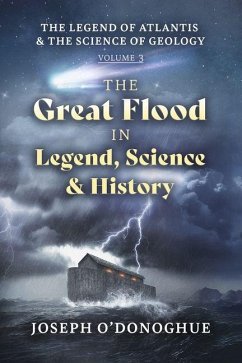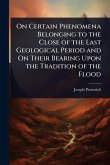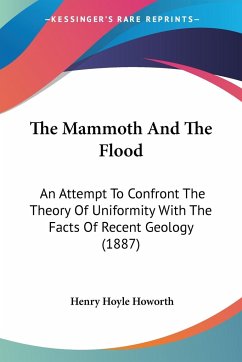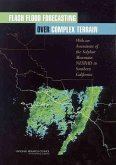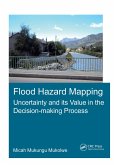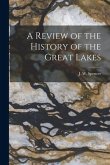"The Great Flood in Legend, Science, and History" investigates the worldwide legends of a catastrophic flood, probably the most well-known being that of Noah. Orthodox science, of course, generally dismisses all such legends, considering such an event entirely impossible, and "explains" all flood legends as the naive exaggerations of ordinary floods into great global epics. The geologist author, to the contrary, here takes an openminded approach to the legend, and treats it seriously for the purposes of this investigation. At the beginning of modern science in the seventeenth century, the Flood was, of course, taken as fact, and a number of scientists proposed a comet as the cause, either by impact or the gravitational effects of a close fly-past. And this explanation was suggested a number of times up to the early nineteenth century. Through the eighteenth century, and the beginnings of geology proper, the geologists of the time held that the evidence to be seen over much of the northern hemisphere bespoke major flooding, and the term "diluvialism" was coined to describe the doctrine. By the end of the century, it was recognized by many that the evidence indicated a much more powerful flood than that described for Noah, and thus the Great Flood as an agent was abandoned by most geologists. Diluvialism remained a general belief until Charles Lyell published his books in 1830-33, promoting uniformitarianism, which denied major flooding as ever having occurred. Since Lyell was inspired by the theories of James Hutton, who advocated an infinitely old earth, with change happening too slowly to be observed, the book takes a close look at Hutton's famous Siccar Point site near Edinburgh. Contrary to Hutton's conclusions, this book finds that Siccar Point represents a catastrophic event and not a slow sequence of gradual change. Leaving geology, the book moves to the archaeology of Mesopotamia and Leonard Woolley's first finding of a heavy layer of sediments at a site called Ur of the Chaldees. This layer he immediately recognized as being due to a major flood, and automatically assumed he had found evidence of Noah's Flood. Similar layers at other sites seemed to confirm Woolley's findings. However, it wasn't long before these layers were dismissed as all due to "ordinary" floods, all at different times. A study of the recent geology of Mesopotamia and surrounding regions also suggests major flooding, and, surprising as it may be, orthodox geology considers that an invasion by the ocean, accompanied by inordinate rain occurred in many places around the world about 5,000 years ago, quite in keeping with a "legend" of a Great Flood. Finally, we have a Sumerian cuneiform tablet that appears to show the arrival and close pass of a cosmic body in 3123 BCE. This book, therefore, confirms that the Great Flood did indeed occur, just as the legends say, and was caused by a cosmic visitor in 3123 BCE, the year of the Flood.
Bitte wählen Sie Ihr Anliegen aus.
Rechnungen
Retourenschein anfordern
Bestellstatus
Storno

